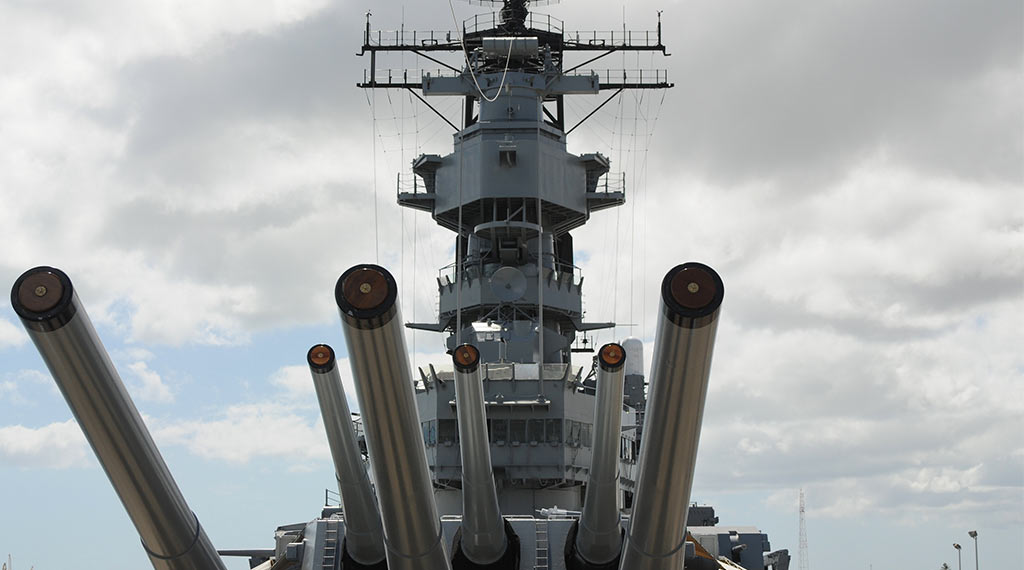US, Israel complete Digital Shield exercise, showcasing unmanned and AI assets in Red Sea

Last week, Israel and the U.S. concluded a joint military exercise in the Gulf of Aqaba. The drill aimed to improve maritime awareness through artificial intelligence and unmanned systems. Dubbed Digital Shield, the four-day exercise incorporated Israeli Navy manned vessels from the 915th Fleet and Snapir Unit in addition to the U.S. 5th Fleet’s Task Force 59.
“Integrating unmanned systems with our partners advances our integration efforts,” said Lt. Cmdr. William Ricketts from Task Force 59. “Ultimately, we are strengthening ties and innovating new capabilities with regional partners to enhance maritime security.”
This military exercise follows Iran’s recent attempted seizure of two U.S. Saildrone Explorers. Israel and the U.S. showcased joint capabilities likely to deter Iran’s increasingly escalatory behavior in the Red Sea.
The Origins of Task Force 59
The U.S. Navy stood up its Task Force 59 in September 2021. The unit centers on integrating artificial intelligence with new unmanned systems in the 5th Fleet’s area of operations, or U.S. Naval Forces Central Command. Task Force 59 is the first of its kind to be commissioned, and it is the Navy’s premiere employment of unmanned aerial systems, unmanned sea vessels, and unmanned underwater vehicles. Covering approximately 2.5 million square miles of water, the U.S. 5th Fleet’s area of operations encompasses the Gulf of Oman, the Arabian Gulf, the Red Sea, and sections of the Indian Ocean.
According to Israel Defense Forces, the joint exercise was part of its navy’s operational toolbox. Israeli Brig. Gen. Daniel Hagari said the Digital Shield drill was “an expression of the integration of advanced technology, an operational response and cooperation in the face of challenges that require an integrated response to security in maritime space,” adding that “the cooperation of the forces on manned and unmanned platforms is an innovative opportunity to build an extensive maritime image, and to integrate other parties and forces that work together in the maritime space, with all of them having a common goal — to maintain the security of the area and the various shipping routes.”
The brigadier general is referring to the Strait of Hormuz, a strategic waterway that sees almost a fifth of the world’s oil consumption pass through it. While Iran’s Islamic Revolutionary Guard Corps has always provoked incidents around the Strait, the regime’s behavior in the Gulf has escalated significantly in recent years. Iran routinely provokes international vessels and tankers in attempts to show the world – and especially the U.S. – that they are both capable and willing to interrupt the flow of oil and upset the global economy.
Iran’s Litany of Recent Provocations
Earlier this month, Guard Corps ships attempted to seize a U.S. Navy unmanned surface vessel operating in the Arabian Gulf. U.S. officials released imagery depicting Iran’s Shahid Baziar support ship unlawfully towing a Saildrone Explorer USV late in August. Saildrones are unique tools that can gather a broad range of data, and these very USVs were showcased during Digital Shield. According to Saildrone’s manufacturers, these drones integrate wind-powered propulsion technology and solar-powered meteorological sensors to collect data in any weather. Additionally, “The maritime security variants of the vehicles also include an advanced acoustic and camera system that, combined with our proprietary onboard machine learning algorithm, fuses sensor data to deliver significantly expanded information and decision advantage 24/7.”
The Devil Ray T-38 was also showcased during Digital Shield. Manufactured by the U.S. company Maritime Tactical Systems, the USV is designed for larger-scale operations. It can reportedly travel at a cruise speed of 25 knots and draws just 18 inches of draft. Navy Recognition has said the Devil Ray is capable of carrying a payload up to 2,050 kilograms.
Although Digital Shield is the latest example of the U.S.-Israeli collaboration to counter Iran, the military exercise will not be the last. The U.S. and its top Middle East ally will continue to develop and share innovative ways to thwart hostility in the Red Sea.
- America’s Supercarriers Are Back in Force in the Pacific - December 30, 2025
- Israel’s $2 Iron Beam Laser Could Disrupt Missile Warfare - December 23, 2025
- US Stands Up New Drone Strike Force in the Middle East - December 9, 2025
